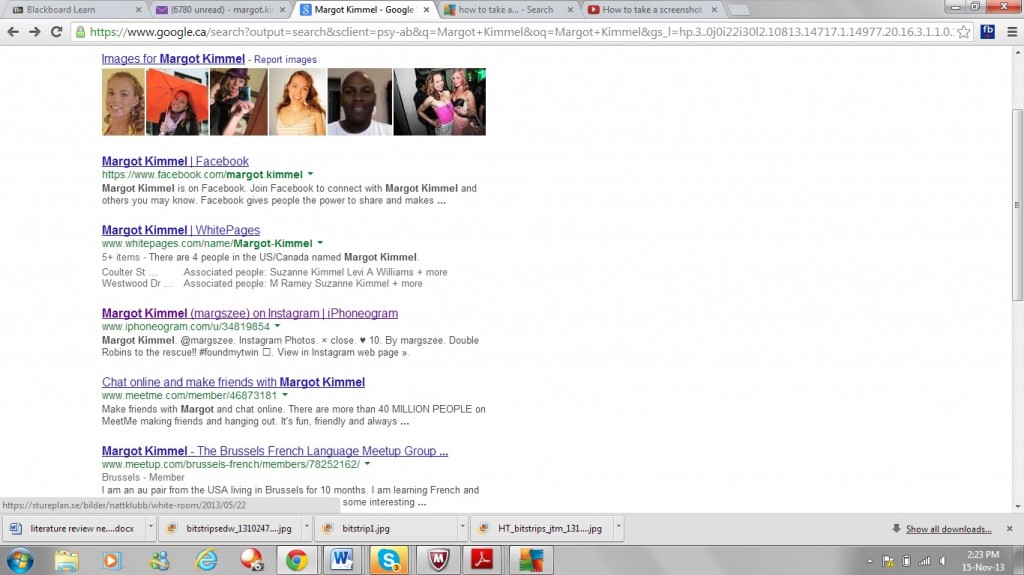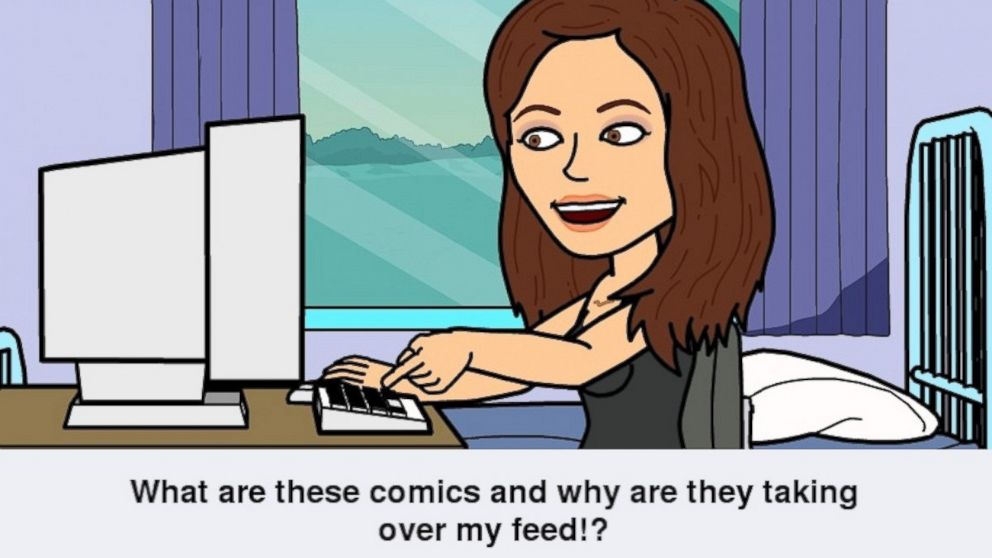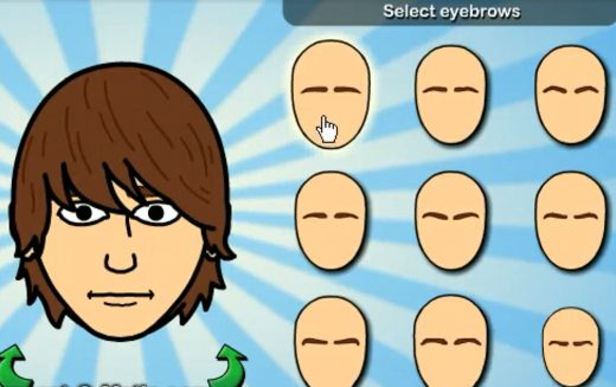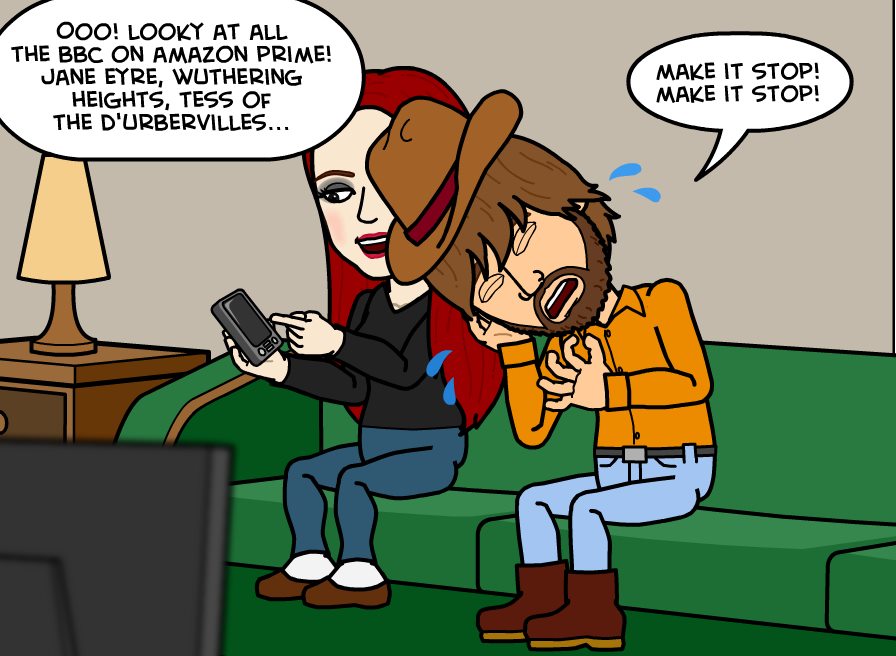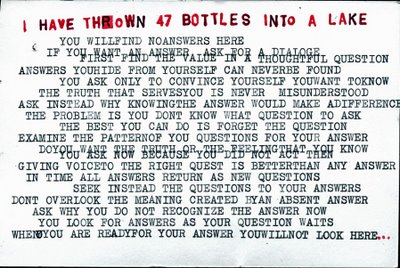Wow, I can’t believe my first term of university is already over. I’m already 1/8th done with my undergrad education! And what scares me most about that fact, even if it doesn’t sound like such a big fraction of time, I still have no idea what kind of degree I will be walking out with in the 7/8ths left of time here. I’m not even sure if it will be a BA, it could be a BS if I decide to switch faculties. I am a very indecisive person, and I realize that life brings about a lot of unexpected events, especially at university. For example, coming to UBC and looking at my course list for first semester, I thought that ASTU would be my “easy A” because it is a writing course and in high school, my writing and English classes were always my highest grades. I was a “strong” writer in high school, but I feel that this made me a bit over confident when I came to UBC. As Laurie demonstrated in class yesterday, over half of the incoming students to UBC expected to receive A’s their first semester. However, only a very small percentage actually ended up receiving an A. This fact made me feel a lot more comfortable about my first term grades, because I was one of those people who thought I would be receive higher grades than I did.
When reading my goal sheet for ASTU from the beginning of the term, I noticed that one of my goals was to learn how to do better scholarly research and write research papers. This is one goal that I feel I achieved this term. First of all, learning how to take gist notes while reading an article was very helpful, especially because it allowed me to write concise summaries, which I always had trouble doing because I would add too many low-level details and they would be too long. Learning about how to find abstractions also helped with this issue, as finding this high-level one-word topic of whatever I was reading helped me focus my summaries or papers and keep them organized. In addition, learning how to orchestrate voices and bring in scholar’s ideas in support of my own claims added to the legitimacy of my writing and made it much more scholarly than what I wrote in high school.
Learning how to write a proper conclusion is another aspect I learned that added to the quality of my papers. In high school, writing a conclusion meant basically to write a summary of the main points made in the paper–kind of a repetition of the introduction. However, when you think about it, this is silly because the person just read through your essay and knows your points that were made. Therefore, a conclusion should add something new, a different perspective on the topic that gives an opportunity for further research. Even though the Academic Writing book is quite dull, it gave lots of good examples and exclamations, and really helped me in learning these helpful strategies for writing at a university level.
During her presentation on what we will be doing in term 2, Laurie talked about how we will go into the archives and do research with articles that some people have never even read before. With our research, we will write a research paper talking about our findings. She explained how some of us will make findings that no other scholar has ever made before, and this fact got me quite excited. I have never done writing that could actually bring new knowledge into the scholarly world. On that note, I look forward to next term and further improving my writing skills!



